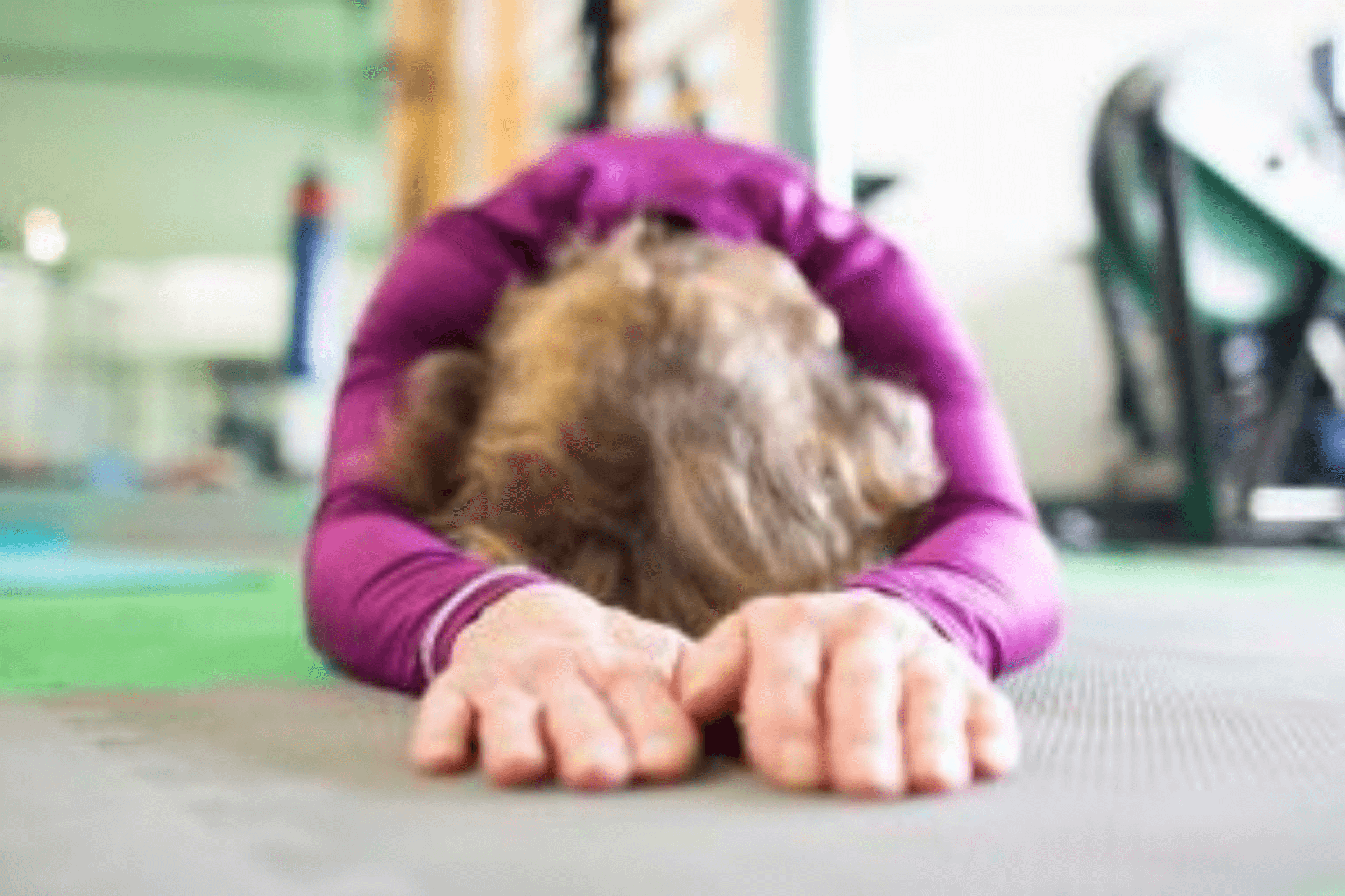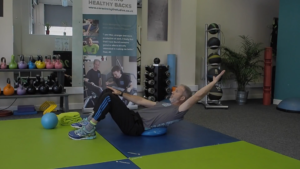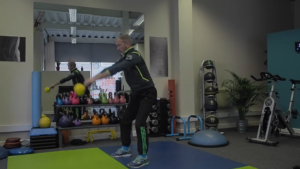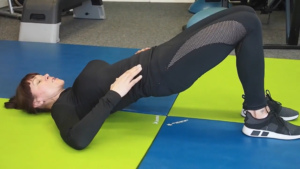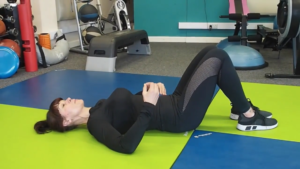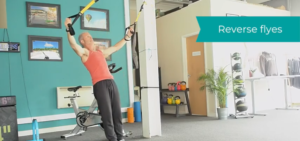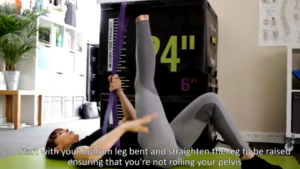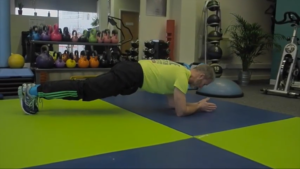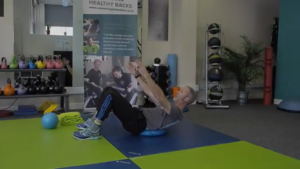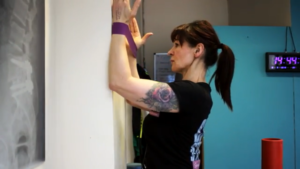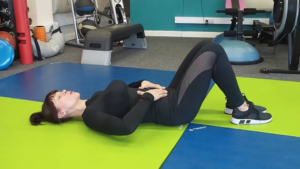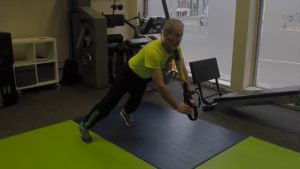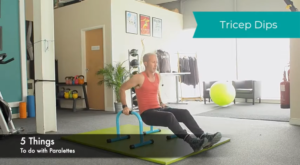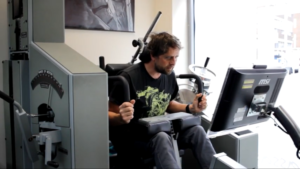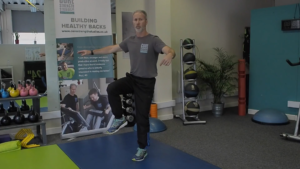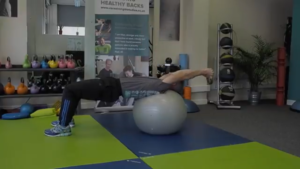There’s a bit of a buzz word going around at the moment – ‘Future Proof’. Basically, it means something which can still be used in the future, so lots of people talk about upskilling and future-proofing their career, or future-proofing their business to increase its longevity.
But can we future-proof our greatest asset – our health?
Well, exercise – specifically strength training – can certainly help ward off many conditions which tend to make an unwelcome appearance as we age.
1. Weak bones
When we’re young, our cells break down bone tissue and regenerate new. This process slows as we get older, and we lose bone faster than new bone is created. As a result, bones become weaker, less dense and more brittle, leading to an increased risk of breakages and vulnerability to conditions such as osteoporosis and arthritis.
We reach peak bone density around the age of 30. This means that throughout our 20’s and early 30’s, we can capitalise on our bones being rebuilt and bank some bone density to help protect us later in life.
Do this by performing a regular weight-bearing exercise. Think jogging, lifting weights (particularly squats, lunges and overhead moves) and brisk walking.
2. Muscle Loss
Most of us reach peak muscle mass around our late 30s/early 40s. After this, we can lose as much as 3-5% of muscle mass every decade.
This means that not only do we lose strength, but our metabolism drops, and we may gain weight more quickly. By exercising regularly, particularly strength training, we can protect against muscle loss and help maintain our strength and muscle mass as the decades advance.
3. Back Pain
People over the age of 60 are more likely to experience back pain related to the degeneration of the joints in the spine, and the discs in between the vertebrae. Arthritis and spinal stenosis are the 2 most common causes of back pain in older adults.
Prevent your back from ageing by keeping your back strong. Exercise like Pilates and yoga are fantastic for core-strengthening. General aerobic exercise such as swimming, cycling and walking also helps keep the joints healthy.
As well as exercise, good nutrition can help keep the discs healthy, keeping them hydrated and providing them with the nutrients they need. By maintaining a healthy, well-balanced diet and not smoking, you can protect your discs against damage as you get older.
featured
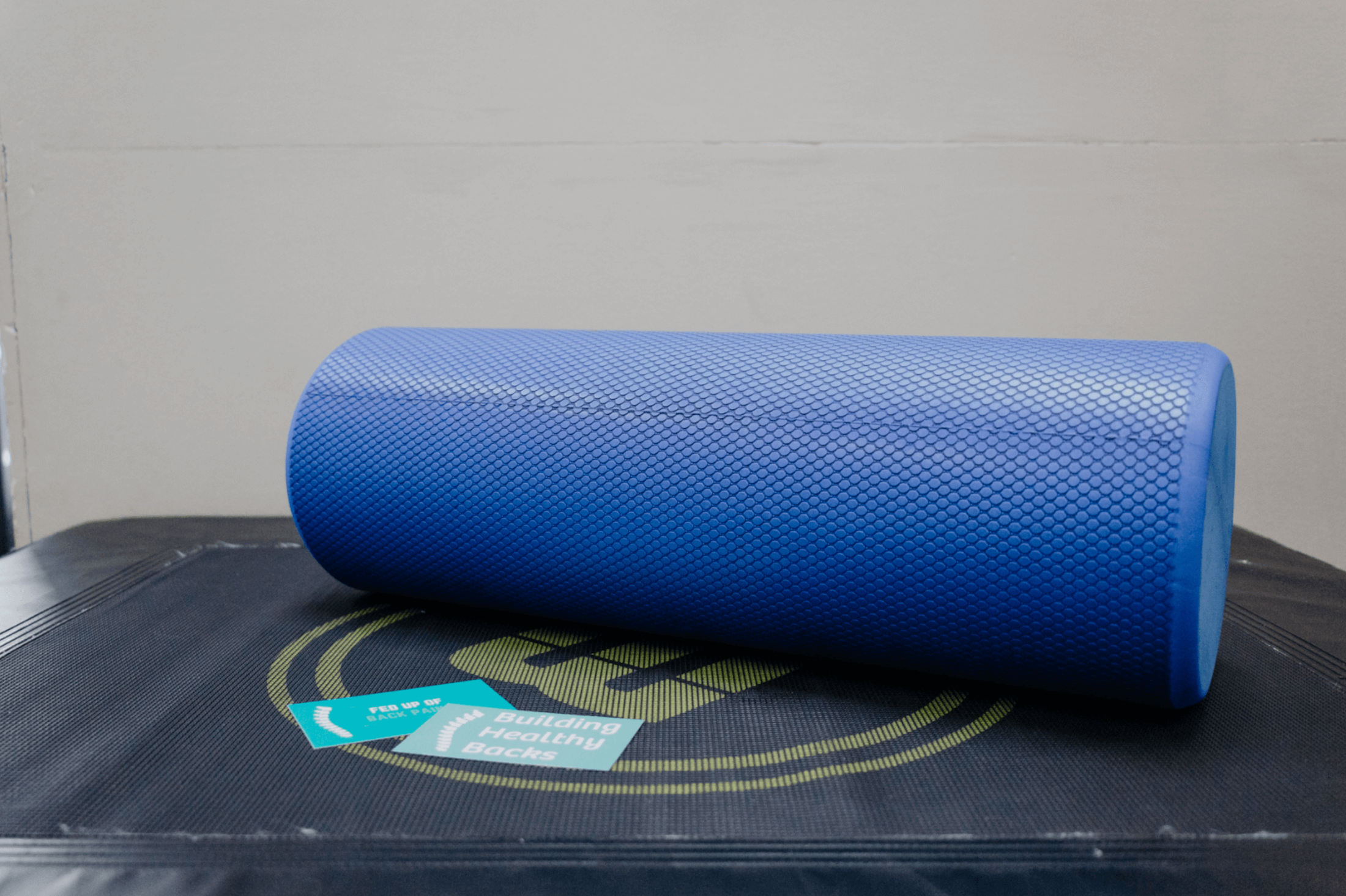
3 Reasons Why We Love Foam Rollers
Not just for sadists (if you’ve used one, you’ll know what I mean), our cylindrical, sometimes knobbly little friends which you find in the stretching area of the gym are fast becoming a firm favourite of ours. We first came across them at a fitness convention way back in 2013 when we were subject to ...
Reading Time: 2 minutes >
5 Reasons Why You Should be Walking More
Often, when people decide to embark on an exercise regime, whether for fitness, fat loss or rehabilitation, the first place they think of going is the gym (or pool, or their bike but you get the idea – sweaty exercise, grr). However, there is one form of exercise which is often overlooked in favour of ...
Reading Time: 2 minutes >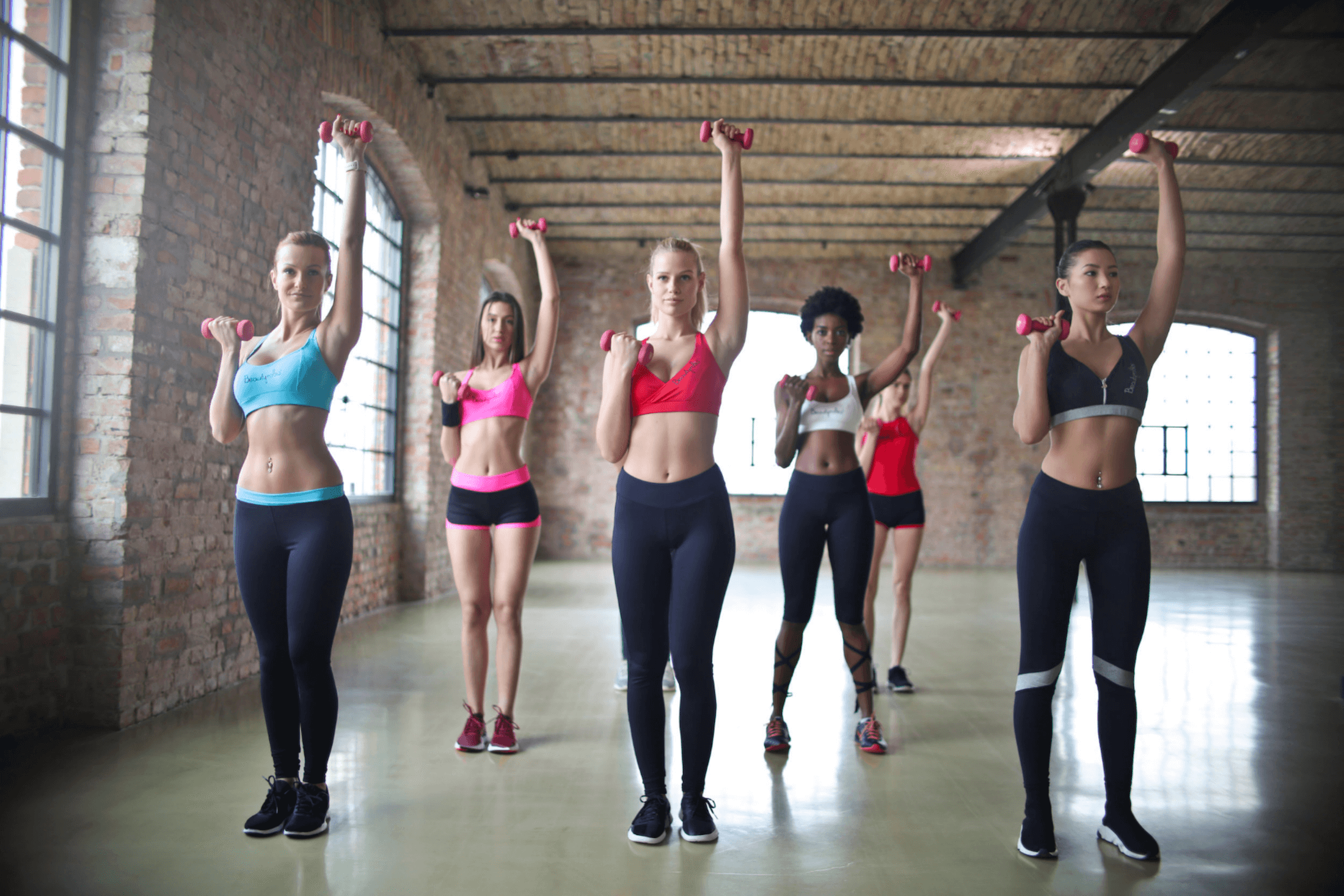
5 Reasons Why You Should Lift Weights
I have had a few conversations recently with clients about the importance of resistance training. It often gets overlooked in favour of it’s sweatier counterpart, cardio, as that’s what we were always told to do to lose weight, right? In fact, you could be missing a trick by walking past the weights section as it ...
Reading Time: 2 minutes >
